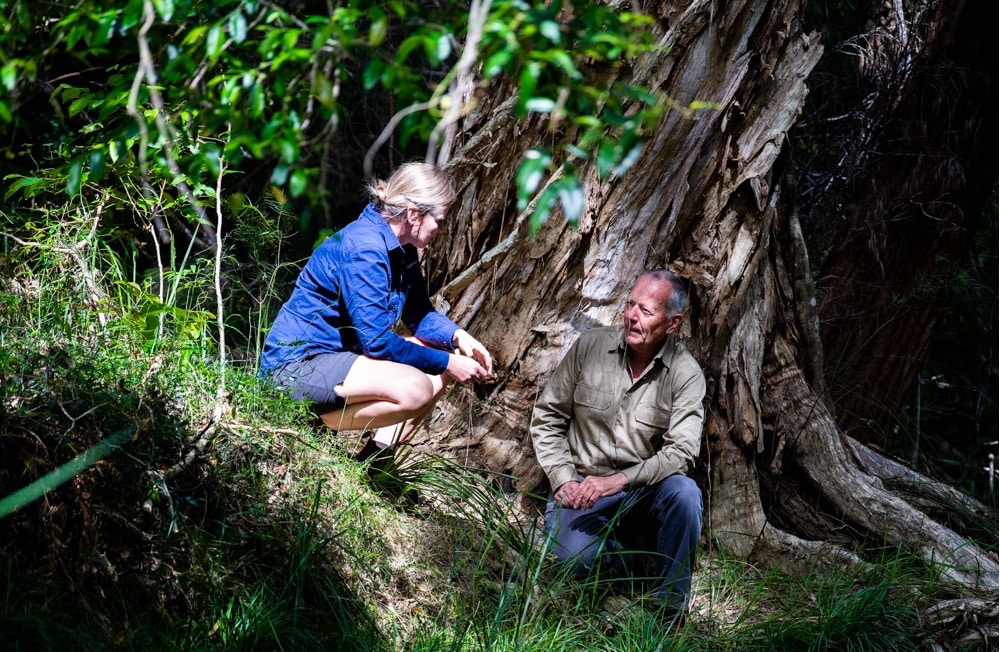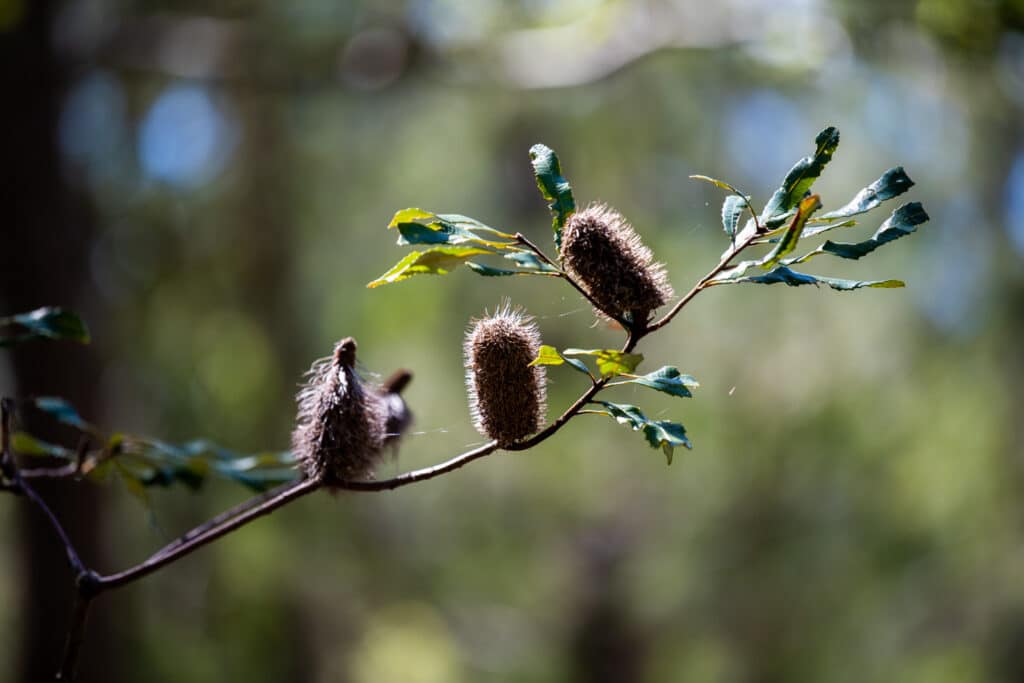Tony and Penny O’Brien are the owners of Banyula, a property situated in Pillar Valley, approximately 30km east of Grafton, New South Wales. The property is a dedicated wildlife sanctuary as well as an education and wildlife rehabilitation site. Tony and Penny aim to manage Banyula as a completely protected area dedicated to biodiversity conservation, serving as an example and inspiration for others in the community. They are working to provide the opportunity for scientific research, education and community engagement on the property. This, in turn, will help to protect and support local biodiversity and broader conservation goals.
Banyula is also a member of Odonata Foundation’s South-East Australia Sanctuary Owners Network (SEASON), which has established a Predator Free Area (PFA) to support threatened native species on the property. The PFA is managed as an integral part of the Clarence Conservation Project and will assist with providing a site for the recovery of key threatened species, including locally occurring species. The property is additionally registered with Land for Wildlife.
The property spans 465 hectares across Clarence Dry Sclerophyll Forest, with Coastal Floodplain Wetlands across two gullies, Coastal Swamp Forest in one small area, small patches of North Coast Dry and North Coast Wet Sclerophyll Forests and patches of North Coast Hinterland Wet Sclerophyll Forest. The land has been previously logged but remains in good condition and features old-growth trees with nesting hollows.
An extensive and growing number of wildlife is found at Banyula, including 20 mammal species, 85 bird species and 10 frog species.
The property provides habitat for a range of threatened and key mammals including eastern grey kangaroos (Macropus giganteus), red-necked wallabies (Macropus rufogriseus), pretty faced wallabies (Macropus parryi), swamp wallabies (Wallabia bicolor), dingoes (Canis lupus dingo), short-beaked echidnas (Tachyglossus aculeatus), brush-tailed phascogales (Phascogale tapoatafa), yellow-footed antechinuses (Antechinus flavipes), rufous bettongs (Aepyprymnus rufescens), yellow-bellied gliders (Petaurus australis), greater gliders (Petauroides volans), squirrel gliders (Petaurus norfolcensis), dunnarts (Sminthopsis spp.), long-nosed bandicoots (Perameles nasuta), eastern chestnut mice (Pseudomys gracilicaudatus), common bush rats (Rattus fuscipes), grey-headed flying-foxes (Pteropus poliocephalus), little bent-winged bats (Miniopterus australis) and large bent-winged bats (Miniopterus orianae oceanenis),
A variety of threatened and key birds are also present including little lorikeets (Glossopsitta pusilla), square-tailed kites (Lophoictinia isura), varied sitellas (Daphoenositta chrysoptera), coastal emus (Dromaius novaehollandiae), glossy black-cockatoos (Calyptorhynchus lathami), barking owls (Ninox connivens) and masked owls (Tyto novaehollandiae).








